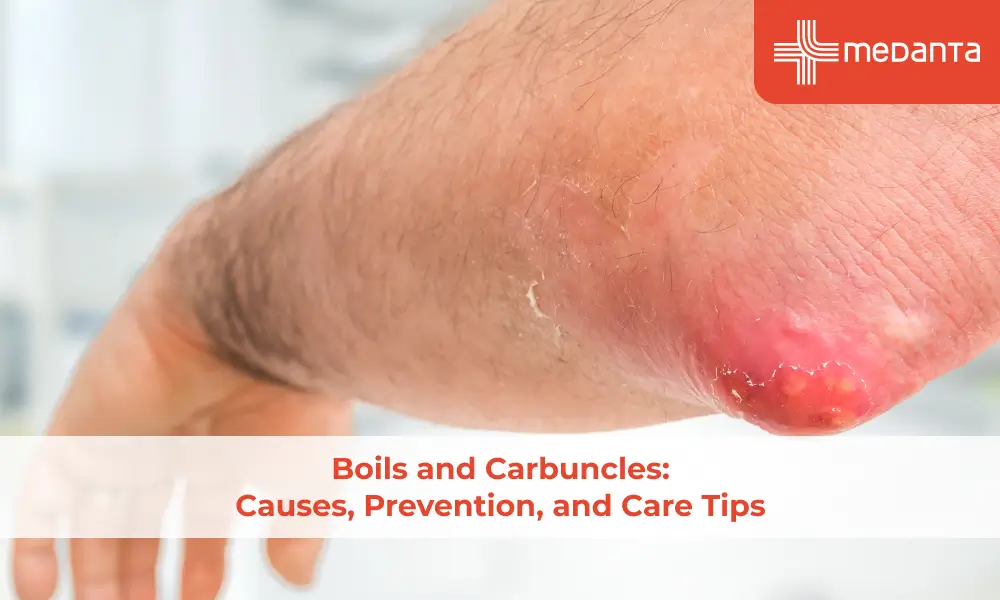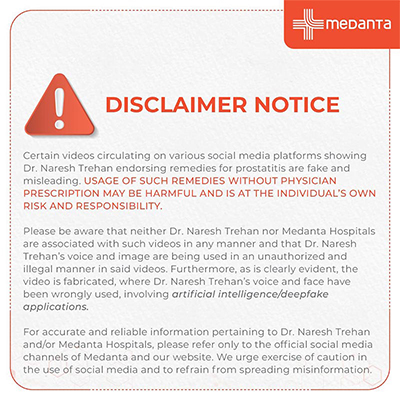First Aid for Managing Emergencies at Home

TABLE OF CONTENTS
Proper first aid knowledge can make the difference between life and death during home emergencies. Each year, thousands of children need emergency medical care due to accidents that happen in their own homes.
Parents often panic when their child tumbles down stairs or chokes on a small toy. Those who know simple first aid steps can take quick and confident action. Every household with children needs proper knowledge and a fully stocked first aid kit.
Home medical emergencies strike without warning. In mere seconds, your child could get burned, have an allergic reaction, or suffer a bad cut. The first few minutes after a home emergency matter the most. Quick first-aid action can stop minor incidents from turning into serious problems.
This article will show parents everything they need to know about protecting their families. Readers will also learn about assembling proper supplies and mastering emergency treatment techniques. These skills will help you handle frightening situations with confidence and composure.
Understanding First Aid and Your Role as a Parent
Parents are the first to respond when their child has a medical emergency at home. However, research shows that many parents lack the simple skills to handle these vital moments. A complete study found that 43% of parents have never had any first aid or medical training. Thus, many families remain unprepared for common emergencies that could happen right in their homes.
Kids face a higher risk of accidents. They spend most of their time at home, which makes it the place where medical emergencies happen most often. Their growing bodies and limited understanding of danger also puts them at greater risk for injuries.
First aid training affects a parent's confidence a lot when responding to emergencies. Parents who completed first aid training show the highest confidence levels during urgent medical situations. Those without any training display the least confidence. This confidence isn't just mental—it directly affects how quickly and well you can act in those critical moments of an emergency.
Your parent's role comes with a legal "duty of care" for your children. This means:
You must ensure their safety and well-being
You need to continue providing first aid until professional help arrives
You should act within what your training and abilities allow
Staying calm during an emergency matters as much. Children watch their parents to understand how they should react. Your calm behaviour helps your child relax, making the situation easier to handle. A clear mind lets you take the right actions when you stay composed.
Proper first aid training gives you life-saving skills and peace of mind. Knowing how to handle common medical emergencies can create a safer home environment for your family.
Step-by-Step Guide to Responding to Emergencies
A medical emergency at home requires quick thinking and the right actions to save precious seconds and lives. The following are vital steps you need to take during critical situations:
The original safety check is to look around for hazards that might put you at risk before approaching anyone. This significant first step will prevent you from becoming a victim.
Check if the person responds. A gentle shake or tap while asking loudly, "Are you Okay?" works best. You should complete this assessment within 10 seconds. No response means you must immediately call an emergency for emergency services.
To help an unresponsive person who isn't breathing normally:
Start CPR right away - push hard and fast in the centre of the chest
Ask someone to find an AED if available
Continue 30 chest compressions followed by two rescue breaths
Keep doing CPR until medical help arrives or you see signs of life
Put an unresponsive but breathing person in the recovery position to maintain a clear airway. Watch their breathing closely until help arrives.
Ask a responsive person about:
Symptoms they feel
Their allergies
Medications they take
Any medical conditions
During choking emergencies, if coughing doesn't help:
Stand behind the person, support their chest with one hand
Lean them forward so the object might fall out
Give up to 5 sharp blows between their shoulder blades
If needed, perform up to 5 abdominal thrusts
Stop first aid when:
Paramedics or doctors take over
You see clear signs of life and normal breathing
You become too tired to continue
The area becomes unsafe
Keep the person calm while waiting for emergency services. People who aren't responding might still hear you, so a calm voice can reduce their distress.
Doctors should get a full picture of anyone who received emergency care to check for injuries or complications.
Preparing Your Family for Emergency Situations
Preparation is the cornerstone of a good emergency response at home. A detailed plan for medical emergencies will give your family the confidence to react quickly when every second matters.
Your first aid kit should have:
Bandages, antiseptics, and adhesive tape
Thermometer, scissors, and tweezers
Pain relievers and antihistamines
Emergency contact information
Copies of essential medical documents
Prescription medications for family members
Keep your kit where it's easy to reach and check it twice a year to replace expired items. It also helps to have a smaller kit in your car for emergencies away from home.
Training makes all the difference in emergency preparedness. Your family members should take first aid courses through organisations like the Red Cross. These classes teach vital skills like CPR that can double or triple someone's chance of survival during cardiac emergencies.
Kids as young as five can learn simple emergency response techniques. Show them how to spot emergencies, call emergency services, and handle basic first aid, such as treating minor cuts or burns. This knowledge builds their confidence and might save lives one day.
Create a family emergency communication plan with contact details of important people and services. Ensure everyone has a copy of this plan and knows the meeting points if separated.
One person should call emergency services while another provides first aid - this creates the quickest response system. Saving emergency contacts in phones under "ICE" (In Case of Emergency) helps responders identify who to call.
You should review and update your emergency preparations yearly or when family circumstances change. Over time, these preparations will become second nature, giving you peace of mind that your family can handle any emergency.
Conclusion
First aid knowledge is a vital skill every parent needs. The medical response can stop minor incidents from becoming dangerous. Parents with simple first aid training act decisively when accidents occur.
Life doesn't give us warnings about accidents. Kids fall, choke on food, get burns, or have allergic reactions out of nowhere. Your steady response at the time of crisis can change everything.
Taking instant emergency steps creates a safer home for your children. This preparation gives you the confidence to handle scary situations. You become the capable first responder your family needs in those crucial minutes after an accident.
Kids watch and learn from how you handle tough situations. A calm and prepared approach teaches them valuable lessons about managing crisis while saving lives. First aid knowledge should be a top priority in your parenting toolkit.
FAQs
What essential items should every parent include in a home first aid kit?
A well-stocked first-aid kit should contain bandages, antiseptics, adhesive tape, a thermometer, scissors, tweezers, pain relievers, antihistamines, and copies of important medical documents. It is also crucial to include emergency contact information and any prescription medications for family members.
How can parents teach young children about first aid and emergencies?
Children as young as five can learn basic emergency response techniques. Teach them to recognise emergencies, how to call emergency services, and perform simple first aid procedures like treating minor cuts or burns. Regular family drills can help reinforce these skills and build confidence.
What are the initial steps to take when responding to a medical emergency at home?
First, ensure the scene is safe before approaching. Then, check the person's responsiveness by gently shaking them and asking if they're okay. If there's no response, call the emergency number immediately. For an unresponsive person who isn't breathing normally, start CPR right away.






